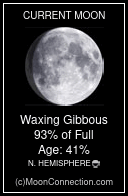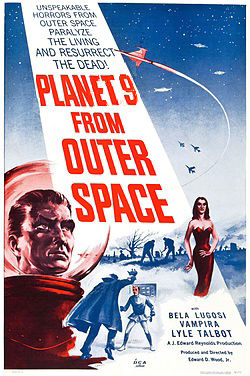
BTW, with a 60mm refractor, I have seen all planets!

 Earth? Well, I
pointed the scope at the ground.
Earth? Well, I
pointed the scope at the ground. 

But first, a picture done the old fashioned way:




Nix transiting Pluto, and Charon as seen from Hydra.


 Earth? Well, I
pointed the scope at the ground.
Earth? Well, I
pointed the scope at the ground. 





 Plutorise on Kerberos
Plutorise on Kerberos

 Real Pluto photos, tinted, looks like space art.
Real Pluto photos, tinted, looks like space art.



Uranus  .
. .
. 


 Solar eclipse on March 20, 2015 as seen from the Sun
Solar eclipse on March 20, 2015 as seen from the Sun





Left: As the Cassini probe has found large seas of methane on Titan, near its north pole,
imagine seeing Saturn via infrared vision, over the sea. Center: Using a
Cassini Saturn image, a scene as viewed from Minas. Right, Titan and Saturn seen from Hyperion, composite of Cassini JPL pix.


If you arrange the geometry right, you could get total solar eclipses happening
at the Saturn moon system. As the plane of moon orbits is the same as that
of the rings, the time for this to happen needs to be at rings edge on to the Sun.
And select one moon as seen from another to be the same apparent size as the
Sun seen from Saturn's orbit. And get them to line up.
At Rhea, Saturn looks about 200 times bigger than the Sun.
The Sun is about 0.06 degree diameter, and Saturn about 12 degrees from Rhea.
Other moons are variable size as they travel around in their orbits, and can be
bigger than the Sun. And be big enough to eclipse the Sun without Saturn blocking the
Sun from view. You're on Rhea and Dione is eclipsing the
Sun in the picture above.





The Moon in 3D (cross eye mode)
Focus left eye on right side, right eye on left side.
Hold your finger halfway from your eyes to the screen, focus on the finger
as it covers over a common feature in both sides of the picture. Shift
your eyes to the picture, then you should see 3D.
 Jupiter in parallel mode 3D
Jupiter in parallel mode 3D  crosseyed Moon
crosseyed Moon

 S&T Moon pase calculator
S&T Moon pase calculator



 (X mode)
(X mode)
Saturn
In infrared light. 

An exoplanet, HD28185b, that might be just like Yavin, has been found.
Of course, we don't know if it has an Earth for a moon.


 If Yavin's rings were always edge on
If Yavin's rings were always edge on






 Another Death Star...
Another Death Star...
Mimas looks a bit like the Death Star.



 Triton geyser in 3D:
Triton geyser in 3D:
 Voyager 2 pix in parallel mode
Voyager 2 pix in parallel mode


 Looks a little like a shark, doesn't it? (parallel mode)
Looks a little like a shark, doesn't it? (parallel mode)

Eros in 3D, cross eye mode.
Asteroid 2867 Steins in 3D, cross eye mode. 

 The Milky Way is a barred spiral
The Milky Way is a barred spiral


A view of Tau Boo and its planet


The below picture is a derivative work,
an old space exploration scene by Quinn, made into 3-D:

Cross-eye mode: Focus left eye on right side, right eye on left side.
Hold your finger halfway from your eyes to the screen, focus on the finger
as it covers over a common feature in both sides of the picture. Shift
your eyes to the picture, then you should see 3D.


o o
+ * . + * . +
* . * .
. . . . .
, ,. -- )-- , , . -- )-- , , .
' ' '
. * . * .
. + . + .
. . .